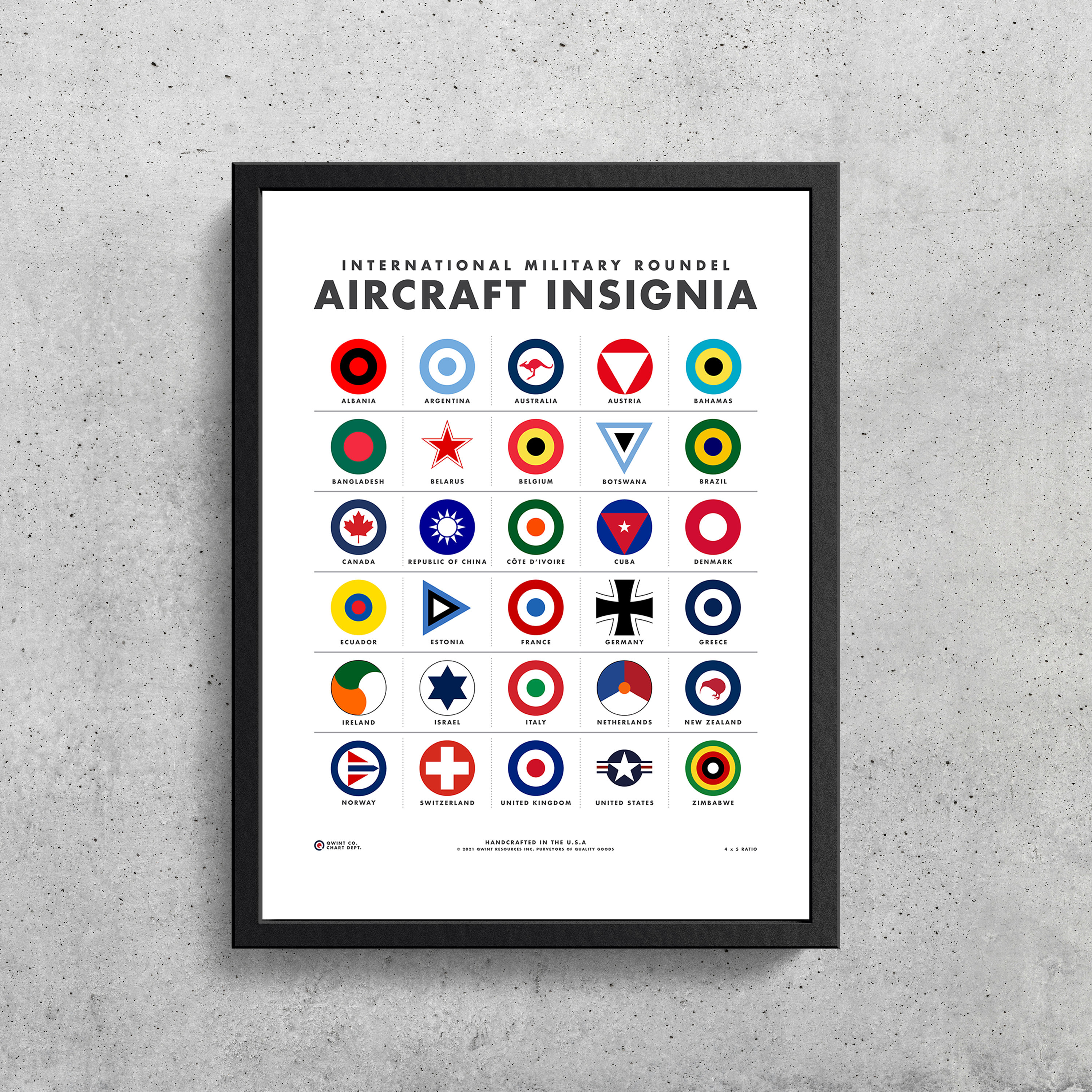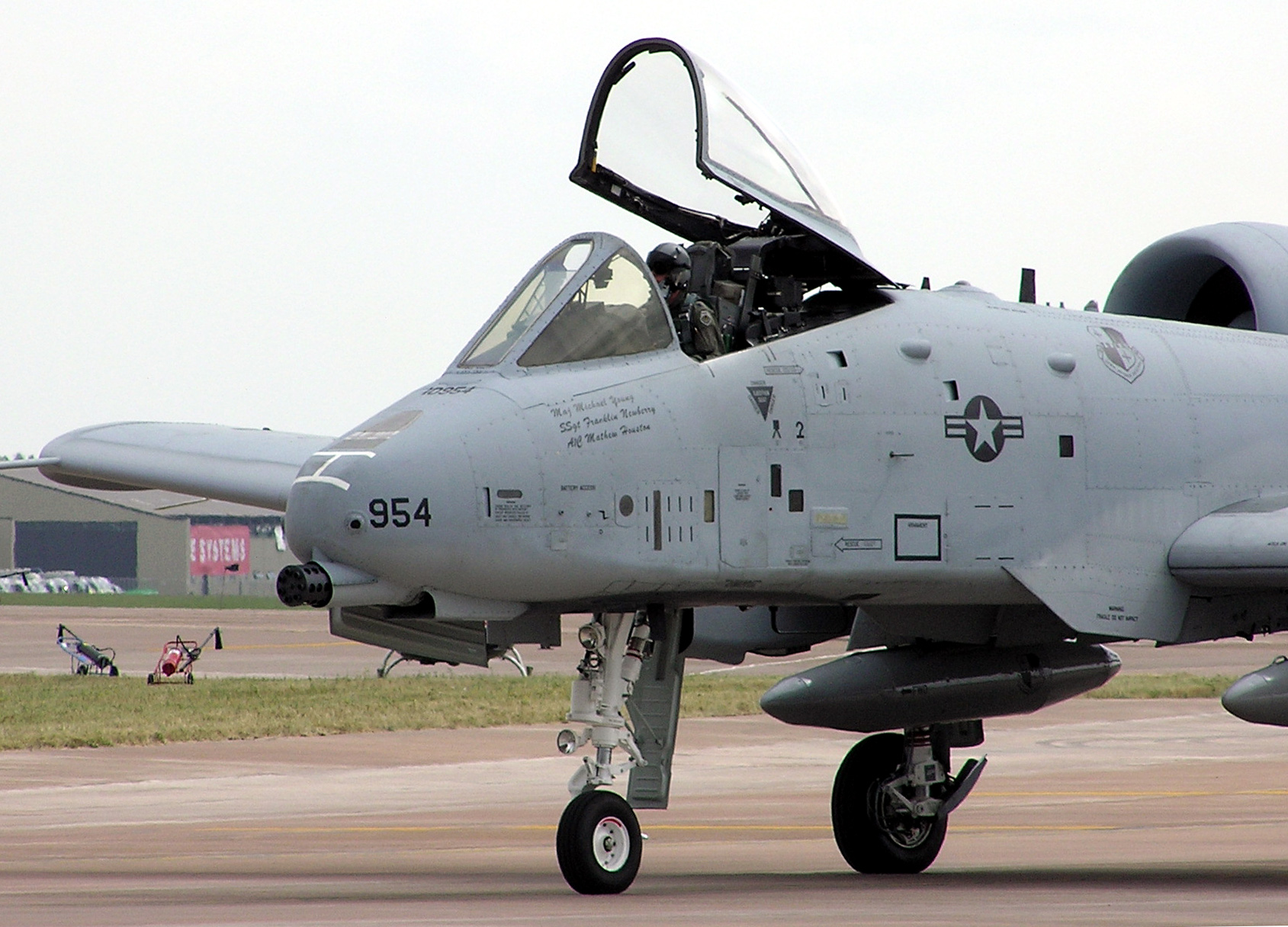Military Aircraft Insignia - Additional citations are required to validate this article. Please help make this article better by adding citations to specific sources. Uncreated objects can be attacked and removed. Find sources: "Acrofchia military insignia" - News · Newspapers · Books · Scholars · JSTOR (January 2022) (Learn how and when to remove this message)
Military aircraft insignia is a symbol used to identify a military aircraft's nation or branch of military service. There are many signs in the shape of a round or curved circle; Other figures such as stars, crosses, squares or triangles are also used. These symbols are often displayed on the sides of the aircraft, on the upper and lower surfaces of the wings, as well as on the rudder or rudder of the aircraft, although there is great variation in airframes and types of airframes over time.
Military Aircraft Insignia
The first to use national insignia on military aircraft before World War I was the Frch Aéronautique Militaire, which commissioned a circular application in 1912.
Argentina Argentine Naval Aviation Military Aircraft Insignia Roundel Argentine Navy, Military, Silhouette, Military Aircraft Insignia Png
The design of the chos was the national cockade of the Frch, which had a blue-and-red emblem that ran from the Cter to the edge, revealing the colors of the flag of the Frch. Additionally, the aircraft's rudders are painted in the same colors as the vertical stripe, with a vertical blue stripe of the front tricolor. Similar cockpits have been developed nationally and are in use for fighter jets by air forces of other countries, including the US Army Air Service.
Among the early operators of military aircraft, Germany was unusual in not using "rounds". After evaluating various possible designs, including black, red, and white panels, a similarly colored circle, and a black stripe, he chose a black "iron" cross on a white square field, as was already in use on various German flags. Tradition as the Holy Roman Empire. Caesar's German military graduation in September 1914 ordered the all-black Eisernes Kreuz (Iron Cross) painted with distinctive arms flaring widely on a white field. Fliegertruppe des Deutsch Kaiserreichs. The gun was usually marked with a cross on both sides, but that was optional. The shape and placement of the initial cross was often up to the painter, which led to various variations, leaving out the white area. An iron cross of elaborate proportions was erected in July 1916, superseding the first cross. Initially, this second cross was painted in white, but in October it was reduced to a 5 cm border around the entire cross. . In the same month, the aerial weaponry of the German Luftstreitkräfte was deployed. In March 1918, a straight black cross with narrow white borders on each side of the cross was ordered, but the proportions were not set until April, resulting in many in the field having substandard proportions. This month of May is completed by a short and straight armed cross, which has full wings outstretched, with a white border bordering the sides of the band of the cross. In June, the whole string ceased to be used, and the bars were all the same. In white fields, white can sometimes be avoided in either of these rudder or night bombers.
A Hispano Aviacion HA-1112 marked Messerschmidt Bf 109 showing the crosses worn on the German flag of World War II.
Similar to the Frch roundel, variations of the cross are used in Germany's allied countries, including Austria-Hungary (with red-white-red wing stripes until 1916), Bulgaria, Croatia (for the contributed leaf); Hungary (colored stripes), Romania (a blue-yellow circular cross with a circular tricolor in the middle; the motif is the king's stylized monogram), and Slovakia (a blue cross with a red dot in the middle).
Royal Air Force A.2 Military Aircraft Roundel Insignia
With the disbandment of the German Luftstreitkräfte in May 1920, military insignia disappeared until the rise of the Nazi Party in 1937, which imposed new regulations on aircraft, starting with the use of the red/white/black German flag on the tails. The Nazi is displayed on the port side with the party flag on the starboard side of all aircraft. When the Luftwaffe became official again, these insignia were used by military aircraft, while in 1918 the Balkreuz crosses were reinstated. From July 1939 cross-proportions of two symbols were introduced, each symbol having reverse widths for four part white "sides". Camouflage was introduced before the invasion of Poland, the flags were dropped, and he replaced them with a black tail and a white swastika on both sides. During the battle, the crosses are more convenient, leaving only the ends of a different color.
After World War II, West Germany reverted to using the Iron Cross in a 1916 variation, using the white "sides" of the balacruze with the now curved sides of each arm, while East Germany used the diamond symbols on its flag; With lorica from vine. The reunification of Germany in 1990 resulted in the West German Iron Cross replacing the East German insignia for German military aircraft.
The British Royal Flying Corps (RFC) abandoned the original painted Union flags because, from a distance, they resembled the Eisernes Kreuz (Iron Cross) used by German aircraft. The Royal Naval Air Service used a flat red ring (a line of bright-dipped cardboard formed by a sharp sheen) or a circle of white and red lips for a short time on the wings - almost simultaneously used. Both of the predecessors of today's Royal Danish Air Force - both before the arms adopted the same British flight circle as the Frch, but with the reverse color (red-blue from center to edge). Two separate air arms merged into the Royal Air Force on 1 April 1918. British round design still exists in some form today, with variations in proportions and shades.

The RCAF roundel is based on the RAF roundel, previously used on Canadian military aircraft. Since World War I, a variation of the British red-white-blue circle with a white drop has been used on camouflaged aircraft, indicating night bombers during the war. During World War II, the colors were removed and the proportions adjusted to reduce the circle's brightness, with the white color reduced to a thin line or eliminated. In the Asia-Pacific region, the inner circle of the circle is painted red, white or light blue to avoid confusion with the Hinomaru markings on Japanese aircraft (used by the Japan Defense Forces to this day). It was avoided in America. Red for the same reason.
Military Aircraft Insignia
After World War II, the RAF's round design was replaced by the country's air forces, with the central red disc replaced by red maple leaf (Royal Canadian Air Force), partisan red (Royal Australian Air Force), Kiwi red (Royal New). Zealand Air Force) and Golden Springbok (South African Air Force); The South African version of the RAF Roundhouse remained until 1958.
Late in World War I, the British Royal Flying Corps began using rounds without white circles on night-flying aircraft such as the Handley Page O/400. As early as 1942-43, and in the decades that followed, "low visibility" symbols were used extensively on camouflaged aircraft. These are subdued colors (often shades of gray or black), and often take the form of lumpy features. Previously, low-visibility marks were used to increase the ambiguity of who the developer was and to avoid camouflage while complying with international standards governing the recognition of marks.
The German Luftwaffe of World War II used such "reduced vision" versions of the Balkreuz national emblem from the Middle Ages until V-E Day, omitting the black central cross "core" and using only the "sides" of the cross. , in black or white versions, it is often done for a vertical oar or rudder swastika.
This article may contain original research. Please correct it and edit it by adding inline citations. Reports containing only original research will be removed. (April 2021) (Learn how and when to remove this message)
Hh 34j Choctaw Helicopter Insignia Editorial Stock Photo
In addition to the insignia displayed on military wings and trunks, in the form of a circular seal, it may be displayed on the oar or rudder.
Often an illuminated vertical, horizontal or inclined fin takes on the same colors as the insignia, and may be referred to as "rudder claws" if fins appear on the rudder instead of fins, as in the French Armée de l'Air. Alternatively, a national or circular flag can be used.
The images in the following sections are shown as they appear on the left side of the plane (ie the left side leads to the flash). In cases where they are

Military drone range, laser range finder military, military range bags, military range targets, long range military radio, military radio range, military range finder, military long range binoculars, range rover military discount, military range rover, range of military drones, military range bag
0 Comments